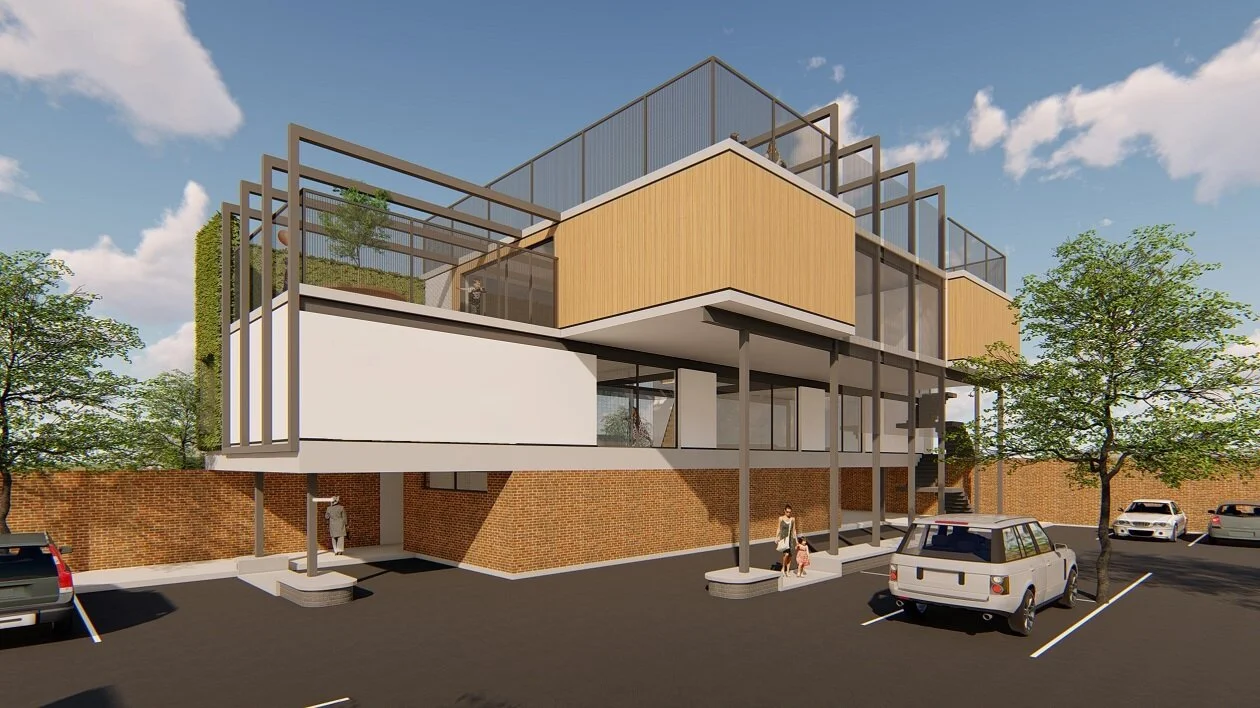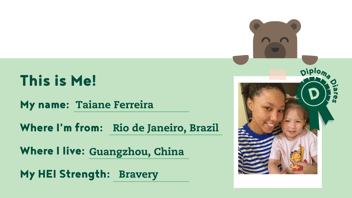Building a sustainable future with the Toolkit Curriculum: A case study from South Africa

Although they are not teachers, Christina and Werner want to change the landscape of early education in South Africa. Christina is a veterinary specialist and university lecturer, and she comes from a family of teachers. Werner is a captain of super yachts, so he has traveled around the world and witnessed many different countries’ approaches to education. Inspired by their life experiences, they agree that high-quality early education lays the foundations for future learning and it is key to creating a sustainable way of living.
This belief led them to invest in progressive early education and build a sustainable preschool called E=mc² in their home city of Port Elizabeth. They based their design on the principle of biophilia – the innate human instinct to connect with nature - and they made environmentally conscious plans. With the space design ready, they began looking for a progressive curriculum that aligned with their approach.
There were many options available, but HEI Schools stood out due to its connection to the University of Helsinki and its research-based approach: “What I like about the HEI Schools philosophy is that it draws inspiration from a range of different educational methodologies and incorporates the elements that have been proved by research,” says Christina.
They also appreciate details like the well-explained pedagogical principles and thorough assessment tools available in the Toolkit Curriculum. They believe that the play-based Finland-inspired curriculum will ensure standardization across the school thanks to the ready-made lesson plans and teacher training materials. Besides that, the Finnish approach keeps the learning experience child-focused, with a strong emphasis on developing children’s strengths and building upon their interests.
“What I like about the HEI Schools approach is that it draws inspiration from a range of different educational methodologies and incorporates the elements that have been proved by research. ”

Ms. Nici Daly, the principal of E=mc²
After locating the curriculum, Christina and Werner sought a pedagogical manager, one who would lead the school’s teachers and manage implementation of the program. Ms. Nici Daly, an experienced educator, teacher trainer and principal, felt compelled to delay her retirement when they approached her with this opportunity: “Everyone in the early education community knows the greatness of the Finnish education system. When Werner approached me about the new school, I knew it was too good of an opportunity to pass up.”
Even with decades of experience in play-based pedagogy, Nici finds the Toolkit teaching program fresh, original and organized. She too believes that the curriculum will standardize her school’s program and save her teachers’ time in planning. In addition, she and another teacher have enrolled in the HEI Schools Teacher Diploma, an online training program that aligns with the Toolkit Curriculum: “I have found the Teacher's Diploma to have excellent information and the flow in which the modules are set out ties in well with information on the Toolkit.”
Change is at the heart of this endeavor, and the Toolkit Curriculum is a critical part of the venture. As Werner and Christina put it, “To ensure a better future for South Africa, we need to start with our most precious asset - our future generation. We are simply trying to take the best of what is available to children today and give them the opportunity to become the change.”
Learn more about E=mc² on their website at www.emc2school.co.za.


.jpeg)



